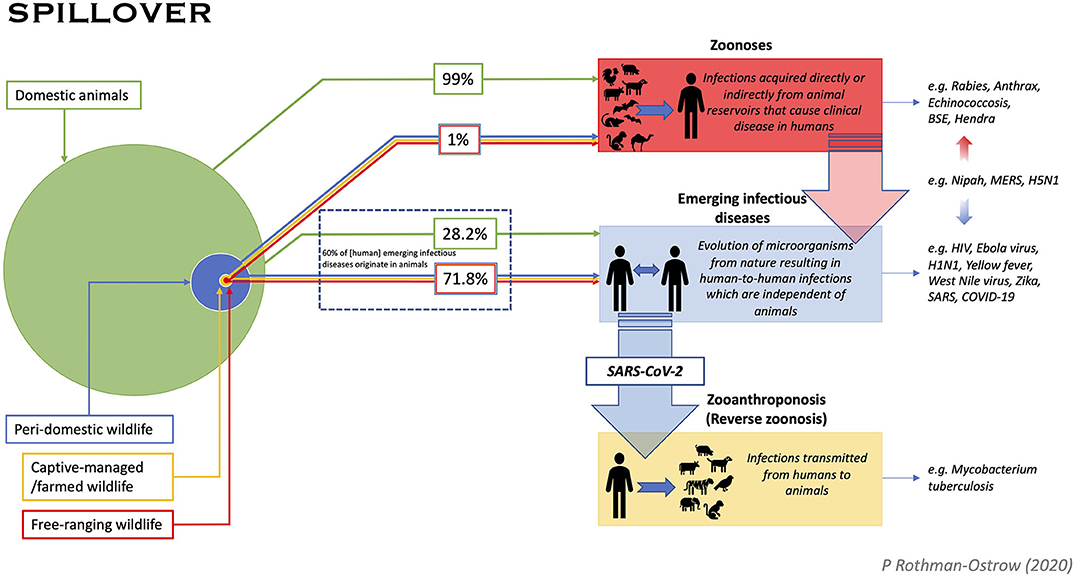Got Diabetes? Time to Get Moving!
 We’ve all heard about the benefits of exercise when you have diabetes. But, how much is enough, and what type is best? These are frequent questions from patients who are trying to manage their blood sugar.
We’ve all heard about the benefits of exercise when you have diabetes. But, how much is enough, and what type is best? These are frequent questions from patients who are trying to manage their blood sugar.
The American Diabetes Association (ADA) recommends daily exercise. This can be difficult for many people to work into their schedule! But it’s important because increased movement helps burn more glucose, reduces the amount of insulin or oral medication needed, maintains a healthy weight, lowers blood pressure, builds stronger bones and helps to manage stress..
Two types of exercise are recommended when developing a fitness program. Aerobic exercise helps improve heart health and insulin sensitivity. Resistance training (weights) improves insulin sensitivity to about the same extent as aerobic exercise, but has added benefits of increasing muscle mass, strengthening bones and increasing your body’s rate of metabolism. All of these things tend to decline with age, so resistance training is especially important in middle-aged and older adults (with or without diabetes).
Here are the ADA recommendations for exercise:
* Physical activity should consist of 150 minutes or more of moderate-intensity aerobic exercise (50-70% of maximum heart rate) and/or 90 minutes per week of vigorous aerobic activity (>70% of maximum heart rate). This should be done no less than 3 days per week and no more than 2 consecutive days should pass without exercising. Calculate your target heart rate by subtracting your age from 220 and multiplying by the percentages above.
* Exercise more than 4 hours per week to achieve greater cardiovascular risk reduction
* Exercise more than 7 hours per week to achieve long-term maintenance of major weight loss (> 30 lbs)
* Resistance training 3 times a week unless your doctor says no. These exercises should target all major muscle groups. Supervision by a qualified exercise professional is recommended when you start to make sure exercises are being done correctly and to reduce the risk of injury.
Exercise does not mean you have to go to a gym. Exercise means “move more. Looking for some motivation? Here are 5 easy ways to get your exercise routine going:
* Many activities can be counted as exercise. Housework, gardening, walking the dog, yard work, swimming and biking can all count as aerobic exercise. Just make sure that whatever you choose gets your heart rate up and causes you to break a light sweat.
* Invest in some inexpensive elastic bands or hand weights to use for resistance training at home.
* Find a buddy to work out ‘re less likely to skip your workout if someone is waiting for you to show up.
* Set small goals…success will keep you motivated and those small victories will add up to big rewards!
* Reward yourself for reaching your goals.
Choose activities you enjoy and try to vary your routine so you don’t get bored.
People living with diabetes should consult their physician prior to starting an exercise program to rule out any contraindications to increased physical activity. Conditions such as neuropathy or diabetes-related eye problems may make some types of exercise unwise.

